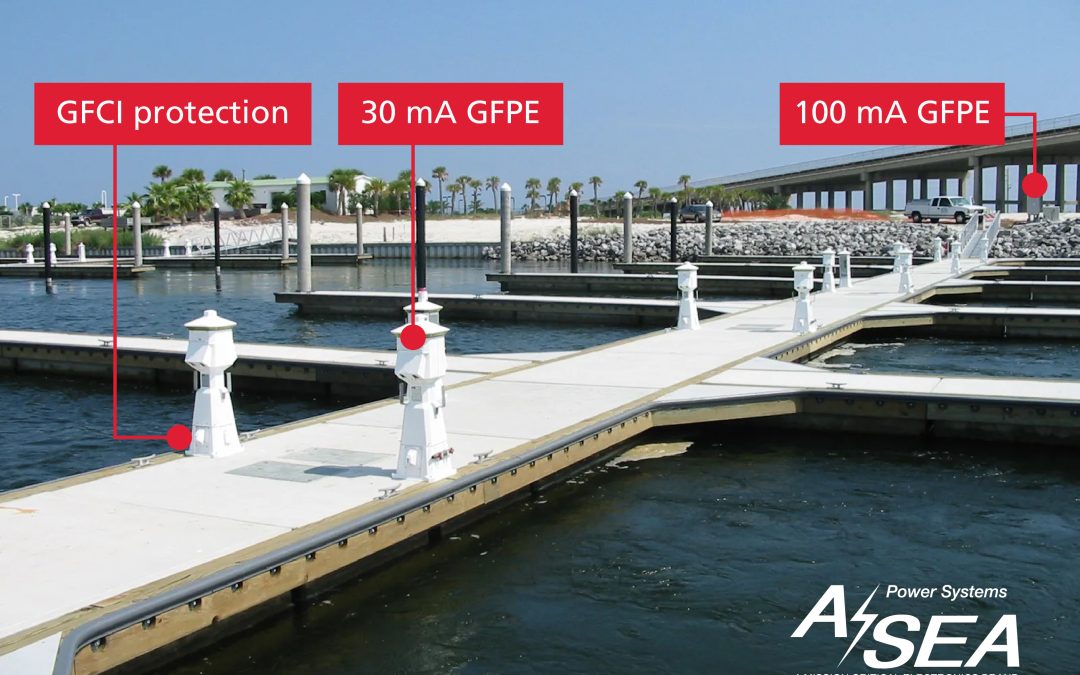
by ASEA Admin | Mar 11, 2025 | Blog, Featured Blogs
If you’re a boater or marina operator, you’ve probably heard some buzz about NEC 555.35. But what does this regulation actually mean? And more importantly, how will the new NEC 555.36 change how you connect to shore power? Let’s break it down in simple...
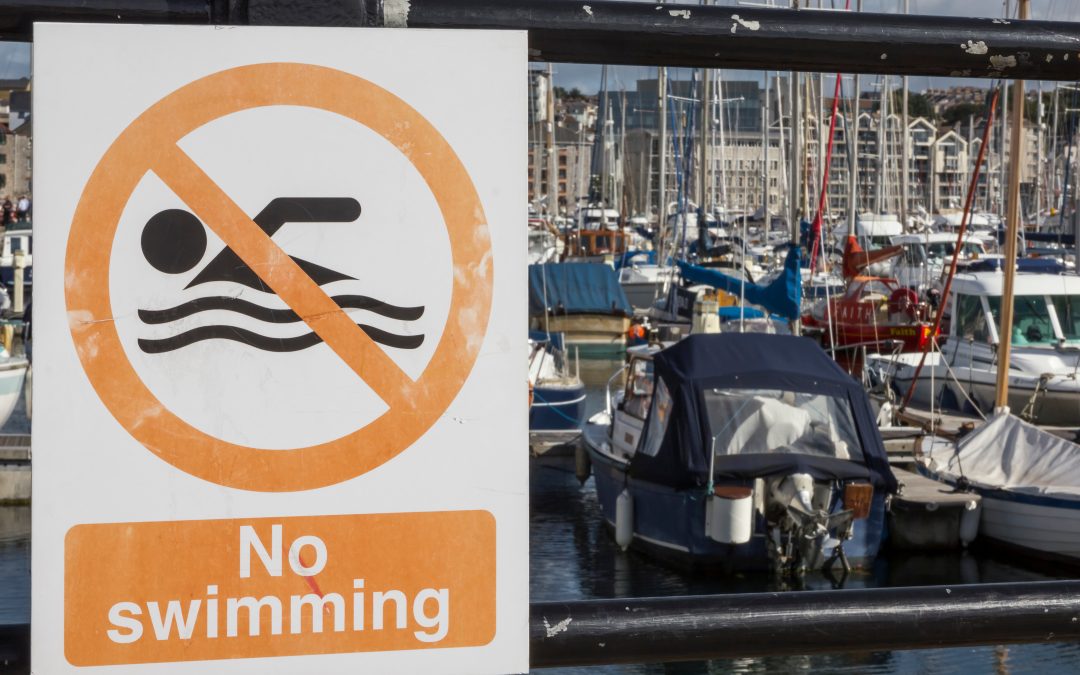
by ASEA Admin | Mar 10, 2025 | Blog, Featured Blogs
As boaters, we’re careful about safety out on the water, but sometimes the potential safety issues may go overlooked when connecting to shore power. Plugging your boat into shore power connects it directly to the marina’s electrical network, which can sometimes...
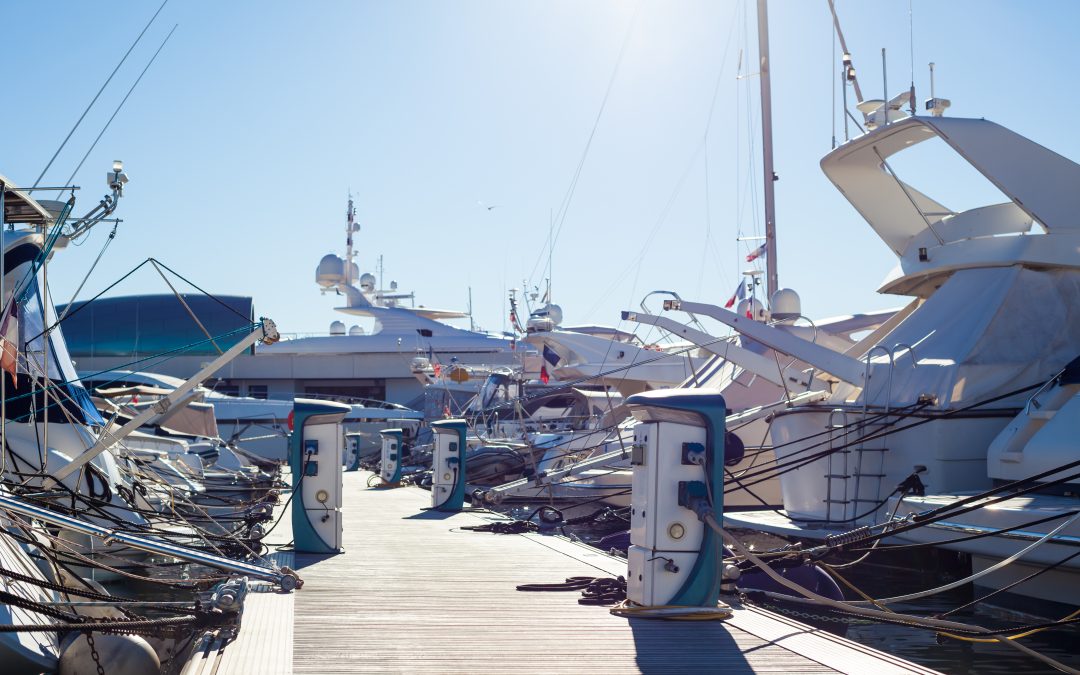
by ASEA Admin | Jan 31, 2025 | Blog, Featured Blogs
The Sirena 68, a luxurious single-phase yacht built in Turkey, faced a significant challenge when adapting its shore power systems for use in U.S. marinas. Designed to operate on 230V single-phase systems with incomer wiring rated at 125A, the yacht performed...
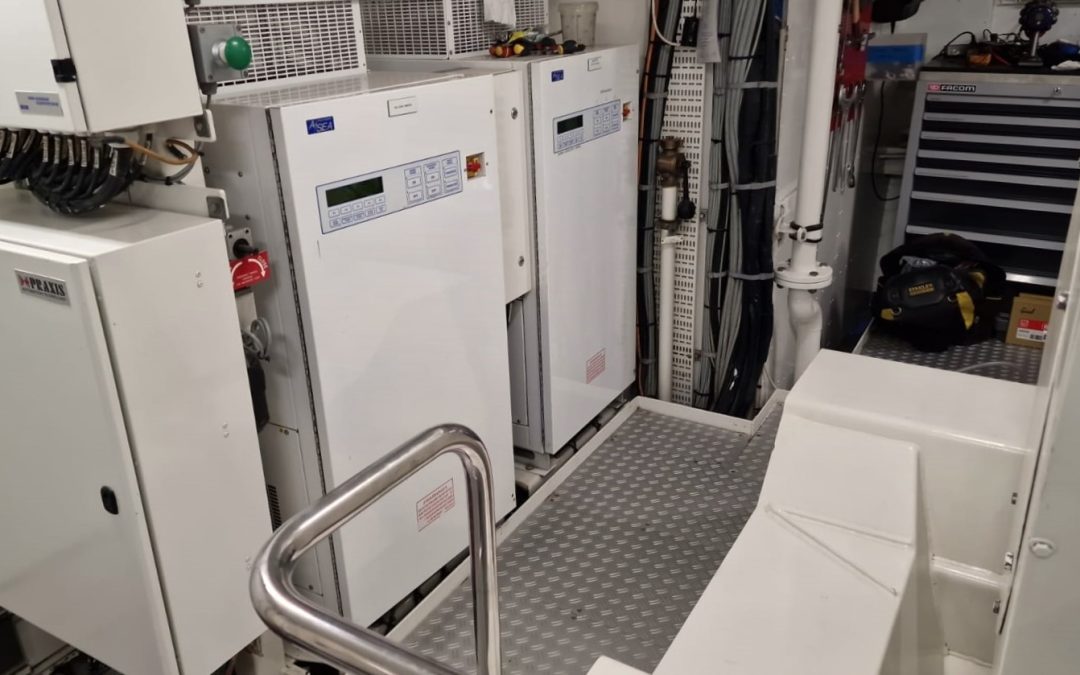
by ASEA Admin | Dec 20, 2024 | Blog, Featured Blogs
Shore power converters equipped with the Seamless Transfer Option (STO) provide a critical advantage, enabling uninterrupted transitions between power sources. Whether onboard systems include STO or require manual operations, understanding these processes ensures...
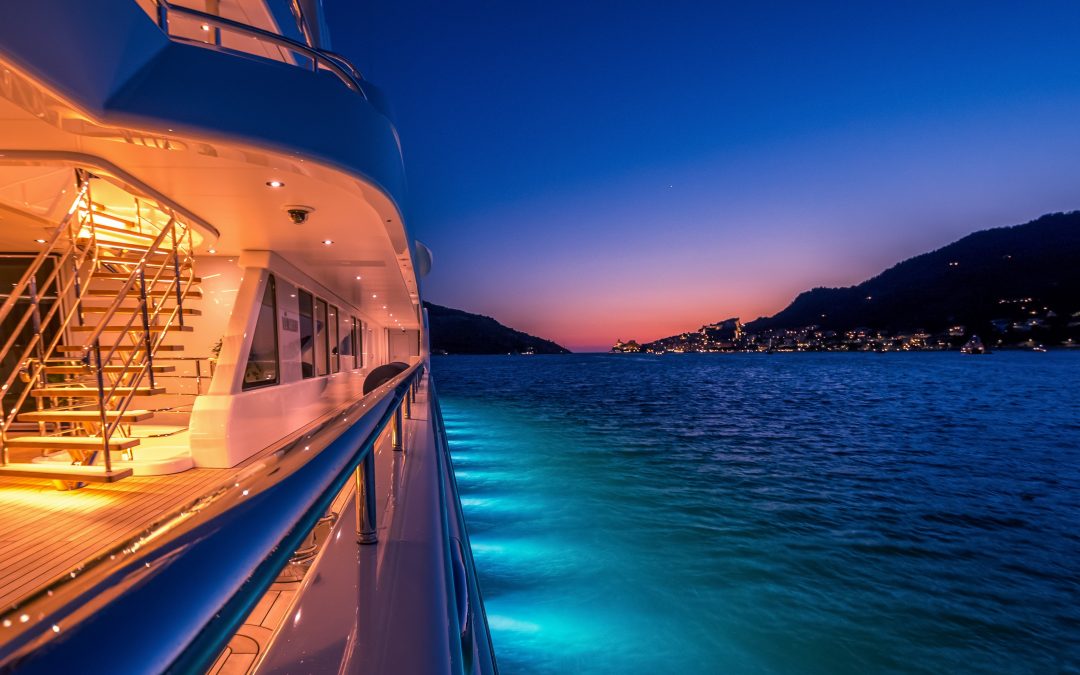
by ASEA Admin | Dec 20, 2024 | Blog, Featured Blogs
Power continuity is a fundamental requirement onboard yachts, where the reliability of electrical systems directly impacts both operational functionality and guest comfort. The Seamless Transfer Option (STO) in ASEA shore power converters is specifically designed to...
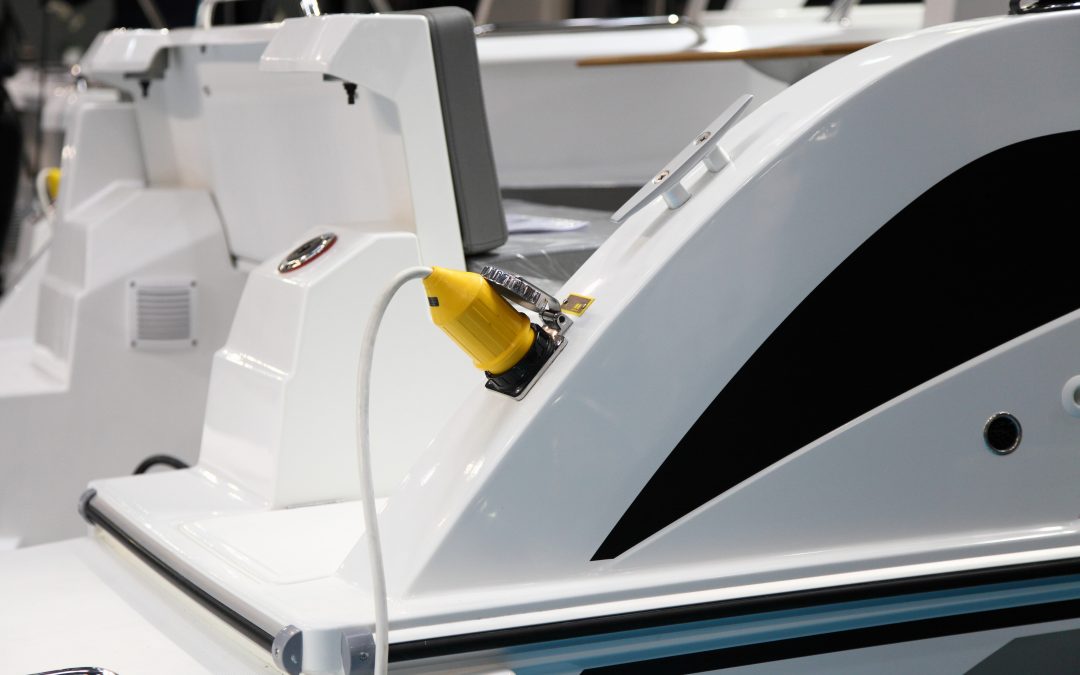
by ASEA Admin | Dec 11, 2024 | Blog
Adaptation of article written by Mark Tilden for PassageMaker In Part I of this two-part series, we discussed four key factors to consider in preparing for plugging into international power: line frequency, nominal voltage, voltage fluctuations, and physical...







